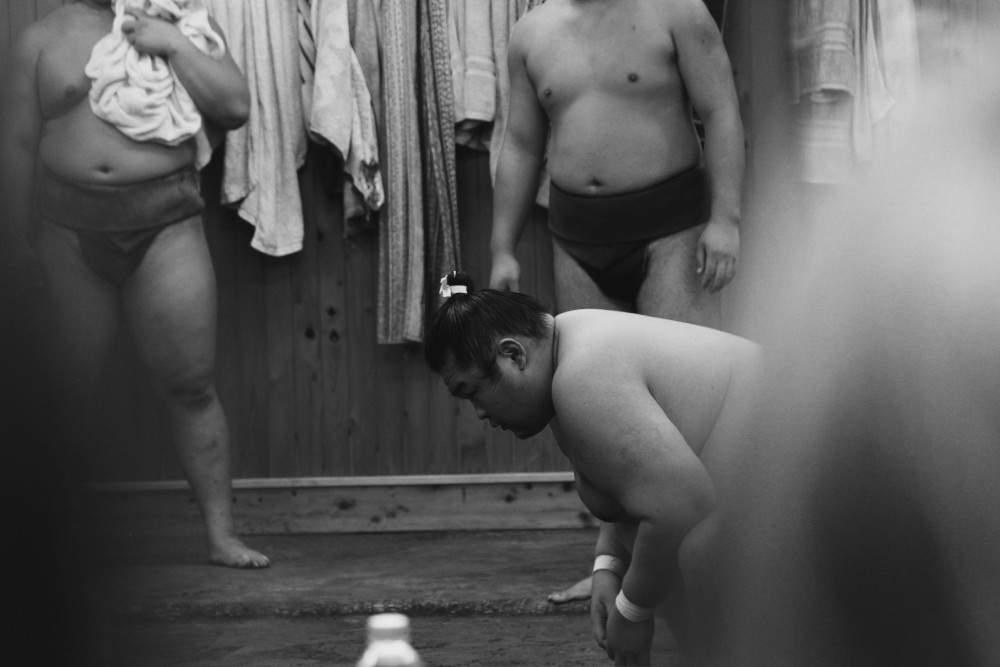The Timeless Tradition and Athletic Drama of Sumo Wrestling: A Cultural Icon

Introduction
Dating back over 1,500 years, this venerable sport has evolved from ritualistic performances to a highly strategic and nuanced form of athletic competition. From the sacred sumo ring to the colorful banners and costumes worn by wrestlers, sumo embodies the essence of Japanese tradition and spirituality.